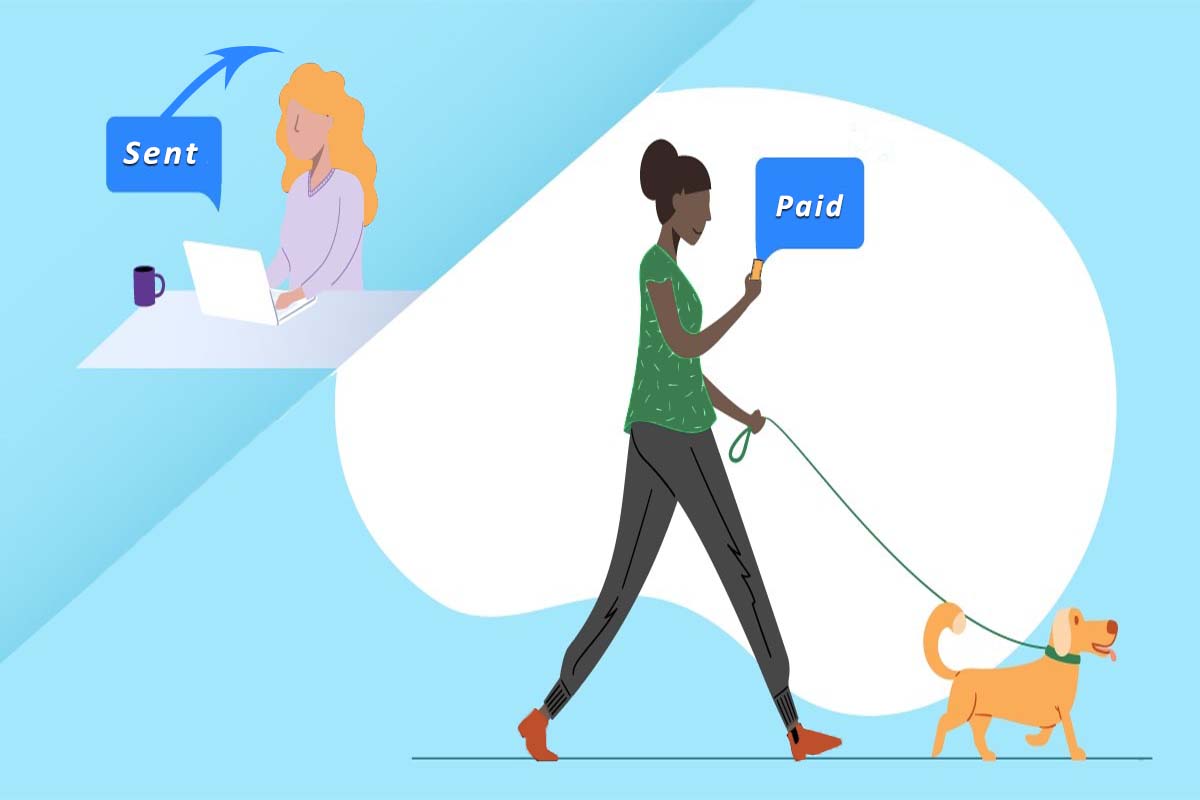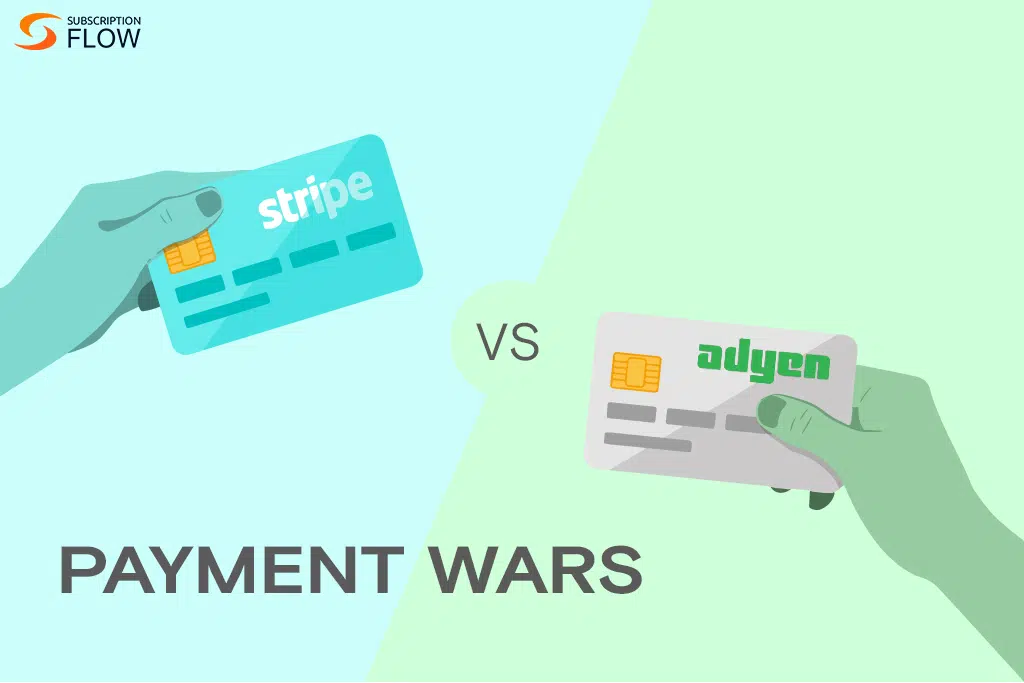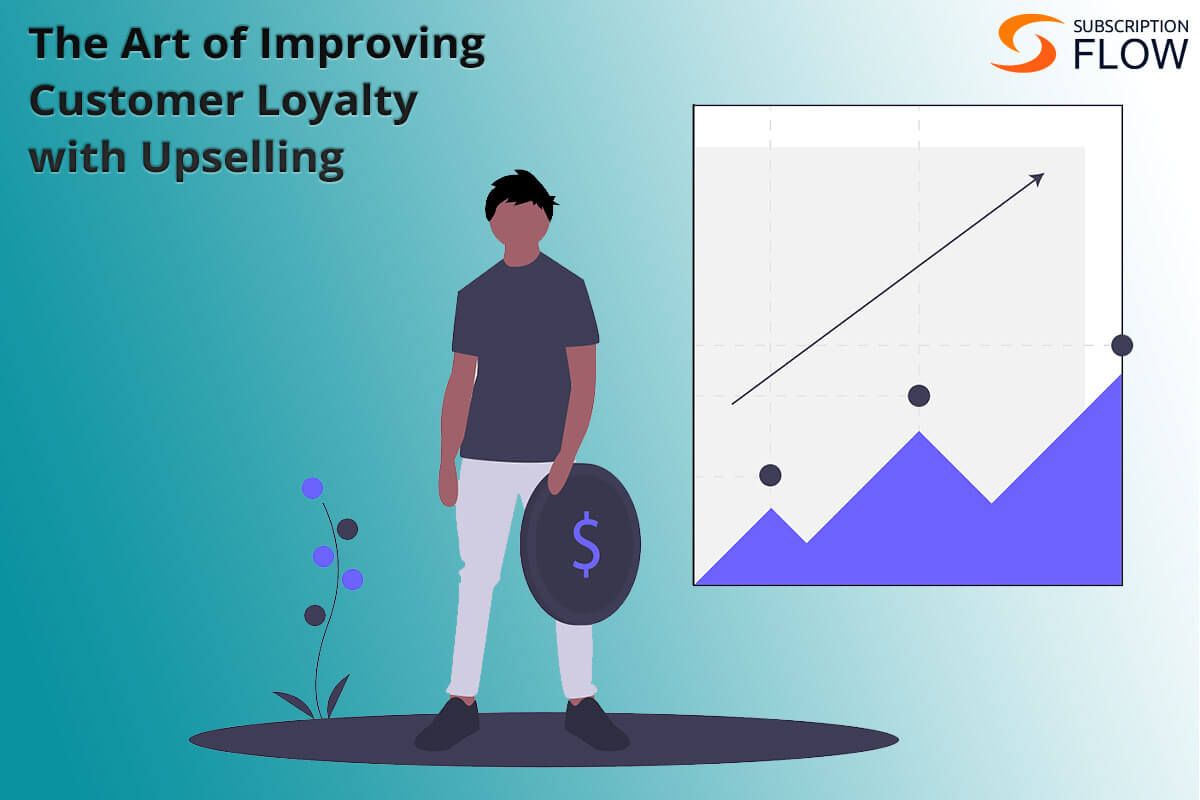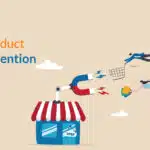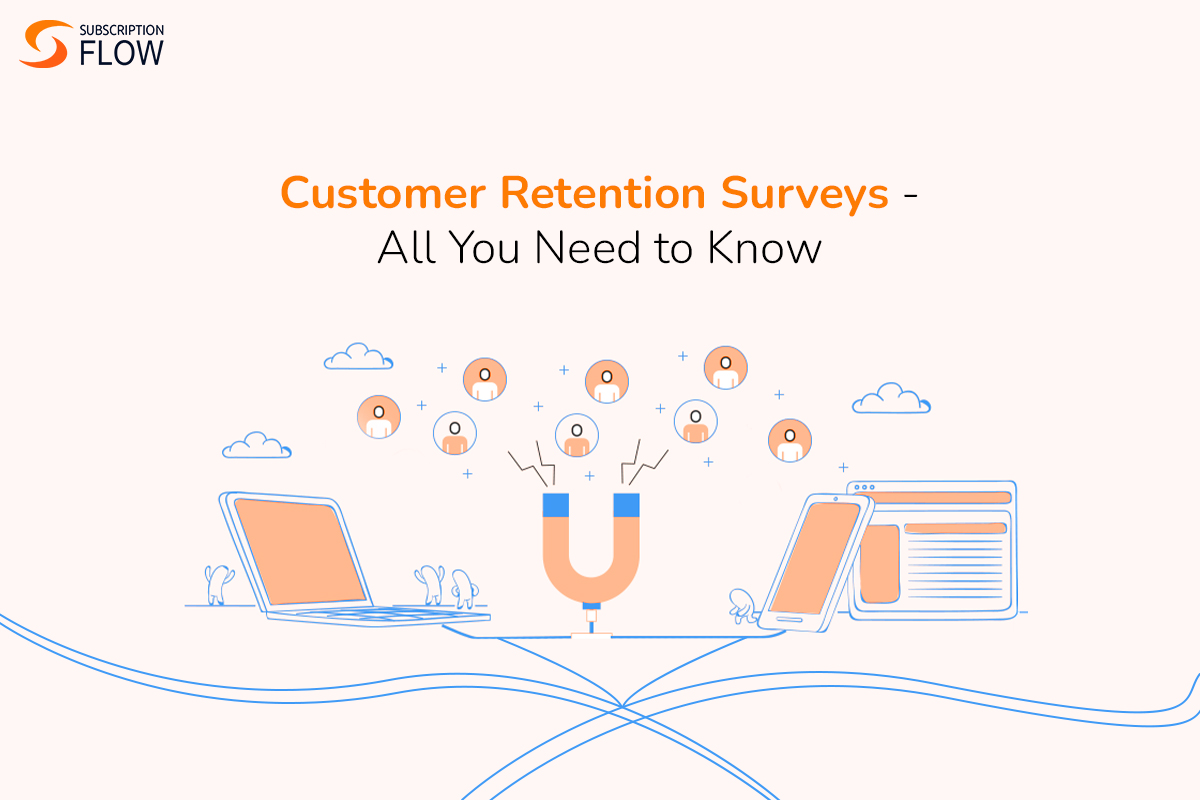
Customer Retention Surveys – All You Need to Know
One of the biggest challenges of successfully running a SaaS business is customer churn. Just how do you get customers to stay? It would be unrealistic to say there is one sure-shot way of guaranteeing that.
However, there are ways to better understand your customer base and tailor your services and product accordingly. This would inevitably increase their likelihood of sticking around. Customer experience starts from the moment they are introduced to your brand, and it is your job to make them feel valued if you expect them to choose you for the long term.
Now, the question that naturally arises is: how do we know if our customers feel valued? How do we ensure they trust our brand? There is only one way to know: ask your customer!
Customer retention surveys can prove golden for a well-devised retention strategy if executed well and at the right time. Consider this your guide to designing surveys through which you can gain valuable insights to make your customer experience incomparable; making it hard for them to leave your services.
What are Customer Retention Surveys?
Customer retention surveys are feedback forms to understand customer needs, so businesses can decrease customer churn rate. They can primarily take on these forms:
Exit Surveys
Feedback forms or questionnaires that customers are given to fill out before or after an exit event are called customer exit surveys. They often include a list of reasons why consumers cancel. Customers select the reason(s) for unsubscribing on their own.
Following a cancellation, it is a useful technique for gathering contextual feedback and assessing customer behaviour. When adequately tailored, they greatly aid in accurately determining the relationships and expectations between businesses and their clients.
This is another reason why asking the appropriate questions and enabling your consumers to provide useful (and maybe even critical) feedback can make a world of difference for your company.
Post-purchase Evaluation
These surveys obtain feedback on satisfaction from individual customers immediately after receiving a product or service. It is often used in a Customer Relationship Management (CRM) Retention System to foster long-term customer relationships.
Periodic Satisfaction Surveys
These surveys involve gathering insight from customer groups at regular intervals to gain an occasional overview of their experiences and expectations. They help assess the overall well-being of the company and its products, serving as benchmarks for tracking.
Continuous Satisfaction Tracking
This form of the survey consists of collecting feedback from individual customers at the time of purchase or service delivery and periodically thereafter. Customer retention scores derived from these tracking surveys act as indicators and management tools to ensure consistently high levels of quality over time.
A good retention strategy would involve a good combination of the forms mentioned because while it is useful to understand what your customers are thinking, it is not advisable to overload them with too many questions. This is where we move on to how to make your surveys fun, engaging and insightful.
How to make your customer retention surveys more engaging and insightful?
When curating a survey, it is very important to make sure the layout and content have been carefully considered. Following are some helpful tips to remember when you design your survey to gain useful information without frustrating your customer.
Design Template Customization Factors
After selecting a basic survey template, it is very important to customize it so it aligns with your brand and your business needs. Designing an effective exit survey involves considering a few key factors:
1. Logo Placement
Placing your logo prominently at the beginning of the survey helps reinforce your brand and creates a sense of familiarity for respondents. This can help establish trust and credibility.
While it’s important to display your logo, make sure it doesn’t distract or overshadow the survey content. Choose a size and placement that is visually appealing but doesn’t interfere with the readability or flow of the questions.
Given the increasing use of mobile devices for survey participation, ensure that your logo is appropriately sized and positioned for smaller screens. It should still be visible and identifiable without taking up too much screen space.
2. Open Comment Space
Include an open-ended question or comment box at the end of the survey to allow customers to provide additional feedback or suggestions. This can uncover valuable insights or specific issues that may not be captured in structured questions.
3. Logical Flow & Skip Option
Organize the questions in a logical sequence and consider using skip logic. Skip logic allows you to skip irrelevant questions based on a respondent’s previous answers, making the survey more personalized and efficient.
4. Multiple Device Interface
Optimize the survey for multiple device screens like mobiles, tablets, laptops, and PC since many customers may complete it on their smartphones or tablets. The survey must be mobile-responsive and display properly across different screen sizes.
5. Time to Take the Survey and Progress Indicators
Clearly indicate how much time the survey is going to take and provide progress indicators, and navigation buttons to guide respondents through the survey, so it’s easy to fill out.
6. Thank You Note
Adding a short note of appreciation for customers’ time is important so that the brand name isn’t tarnished and the customer is likely to return or recommend your services.
7. Concision
It is advisable to keep surveys short and light. Otherwise, a customer is more likely to not fill it out or even worse: give you false information just to be done with it.
To achieve a shorter more relevant survey, you may need to prioritize a smaller set of questions from a larger list. However, if you’re a multi-product business, you might require more than a few to better understand customer expectations.
In such cases, it’s important to tailor the length of the exit survey to your specific business and customer interactions. If the survey naturally becomes lengthy, it’s advisable to divide complex questions into smaller sections and provide clear navigation buttons.
Must-Ask Questions to Include in Your Survey
Here are some questions that you should definitely include in your survey:
- Why are you opting out of our services?
This is the most important question to ask in an exit survey. By attributing each instance of churn to a specific reason, you can uncover patterns and take preventive measures to mitigate future churn.
- What did you like about our service/product?
This question helps identify both the scalable aspects and shortcomings of your business. Rather than focusing on shortcomings alone, it is also important to be aware of your strengths.
Understanding what customers appreciated helps you focus on components of your product/service that have the potential for scalability or can be salvaged; coming up with a better product roadmap.
- How can we make the experience better for you next time?
Asking this can help you gauge your perceived value proposition. While obtaining responses may necessitate a long-answer field, customers who provide feedback are demonstrating a willingness to support your success and may even become future advocates.
However, allowing customers to provide their thoughts voluntarily ensures a smoother and more efficient survey experience.
- Please rate your experience from 1-10 (or any arbitrary but reasonable scale)
Customer churn is often a result of accumulated experiences rather than an immediate reaction to a single event in the customer journey. Therefore, it is crucial to assess how favorably your customers perceived your product or service, beyond the primary reason cited for churn.
Using a Likert scale can be beneficial for such a question. A shorter and randomized range like 1-5 is okay, but expanding it to 1-10 or using a range from “extremely dissatisfied” to “extremely happy” can provide more nuanced data that aligns with your interpretation needs.
Customers who rate you higher are going to be more receptive to future offers and it would be a good idea to keep in touch with them.
- How likely are you to recommend this product/service to someone you know?
This question is a perfect fit for both customer satisfaction surveys and cancellation questionnaires. It helps you gauge your approval ratings and enables the categorization of existing customers based on their likelihood to return.
Customers who are more inclined to recommend your product are likely to give you another chance once you address their primary reason for cancellation. Alternatively, if they have outgrown your product’s use case, they can still serve as brand champions within their peer group.
By understanding customers’ willingness to recommend, you can effectively determine which churned customers to focus on in your win-back strategies, to whom you should send referral messaging, and whom to exclude from future marketing and sales efforts. This question helps you make informed decisions on how to nurture customer relationships and allocate resources for maximum impact.
How Do Surveys Help in Retention?
Customer survey retention questions have the power to create healthy friction during the cancellation process, which might allow them to see the product as an asset rather than an expense. They also have a way to make the customer feel empowered and valued, which is good for brand name and loyalty in the long run.
In addition to creating behavioural blocks to disincentive a customer from leaving, customer retention surveys also help pave the path for future retention strategy.
Post-Survey Analysis
A subscription platform like SubscriptionFlow can assist in customer data analysis, your research and predicting which clients are satisfied and which are on the verge of leaving (on the basis of customer health score).
After identifying customer unhappiness in this approach, you can put a plan in place to retain clients. Surveys must be used to measure retention factors before you can start predicting customer attrition and increasing retention rates.
Customer Segmentation
Segmenting existing customers and guiding each segment through relevant save, deflection, win-back, or nurture flows requires active automation, which can be a complex task.
Actively using the feedback from exit surveys and implementing targeted strategies can help optimize customer retention and improve overall business performance.
A comprehensive approach involves categorizing customers into different groups based on their responses and applying retention strategy accordingly:
Group 1: customers who realized they didn’t actually need your product, highlighting the need to refine your targeting efforts and attract your ideal customers more effectively.
Group 2: customers who don’t currently require your product but have the potential to become paying subscribers in the future. Implementing a post-exit nurture flow for this group can help re-engage them and potentially win them back.
Group 3: customers who cancelled because your product didn’t meet their expectations. This group provides valuable insights into your current business operations. By carefully considering the feedback from this group in your exit survey, you can address issues more promptly, improve your product, and increase revenue.
Based on customer groups, you can choose multiple approaches like:
Offering Discounts
If pricing emerges as the main concern, offering a discount or the option to downgrade to a lower-tiered plan might be appropriate. On the other hand, if the customer mentions product-related issues, providing direct access to a customer success manager for assistance could be a suitable response.
Providing Alternate Subscription Options
It would be helpful to:
- Include the option to pause the subscription; this saves the customer time to set up everything again should they choose to return.
- Send apology notes to customers who’ve had unfortunate customer service experiences and offer special discounts to compensate.
- Provide the option to gift subscriptions so they can pass their subscription to a contact who still might need your services.
SubscriptionFlow has excellent retention tools that can help you utilize valuable insights from your customer data. Utilize information from your exit surveys, plan a strategy, and get it executed with SubscriptionFlow. SBook a demo with us to find out more!



